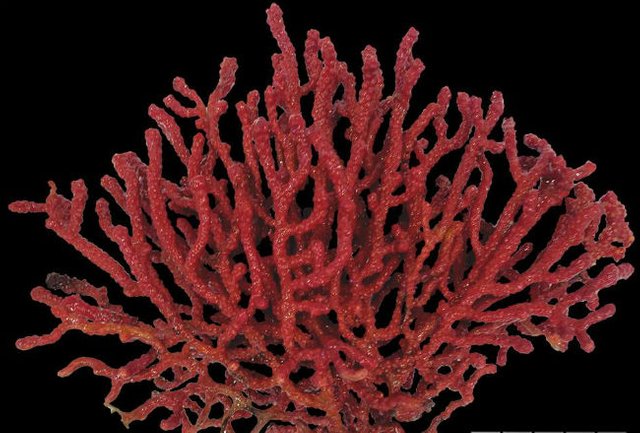Smithsonian discovers three new octocoral species in Panama and Costa Rica

The Smithsonian Tropical Research Institute (STRI) today announced the discovery of three new species of so-called octocorals in the Pacific of Panama and Costa Rica.
These are the Adelogorgia hannibalis, Adelogorgia osculabunda and Adelogorgia adusta , which can live up to a thousand years and tolerate extreme cold and deep conditions, since they can exist at 3,000 meters under the sea (almost 10,000 feet), the STRI explained. a statement.
"Scientific divers rarely go below 45 meters (150 feet). Every time we go deep we find new species for science, but the cost of the expeditions is extremely high, "said the scientist from the research center Héctor Guzmán.
The A.hannibalis and A.adusta species were found during an expedition of the Deepsea submersible in the Coiba National Park , in the Panamanian Pacific, and both have a bright orange color, said the US institute, whose headquarters for Latin America is located in Panama. .
The other species, A.osculabunda, was discovered "in bottom trawls on sandy, muddy or rocky sea beds at several sites along the Costa Rican coast" and is pink and bushy, with abundant ramifications.
"The octocorals not only face increasing pressure from predators such as starfish, worms and jellyfish. In many parts of the world, trawling has scraped the ocean floor from octocorals and other forms of marine life, "said Guzmán.
These three new species will complete the soft coral guide that the marine biologist Frederick Merkle Baye r (1921-2007) elaborated in the 1950s, the statement added.
The Smithsonian is a recognized research center that depends on the Government of the United States and whose headquarters for Latin America is located in Panama.